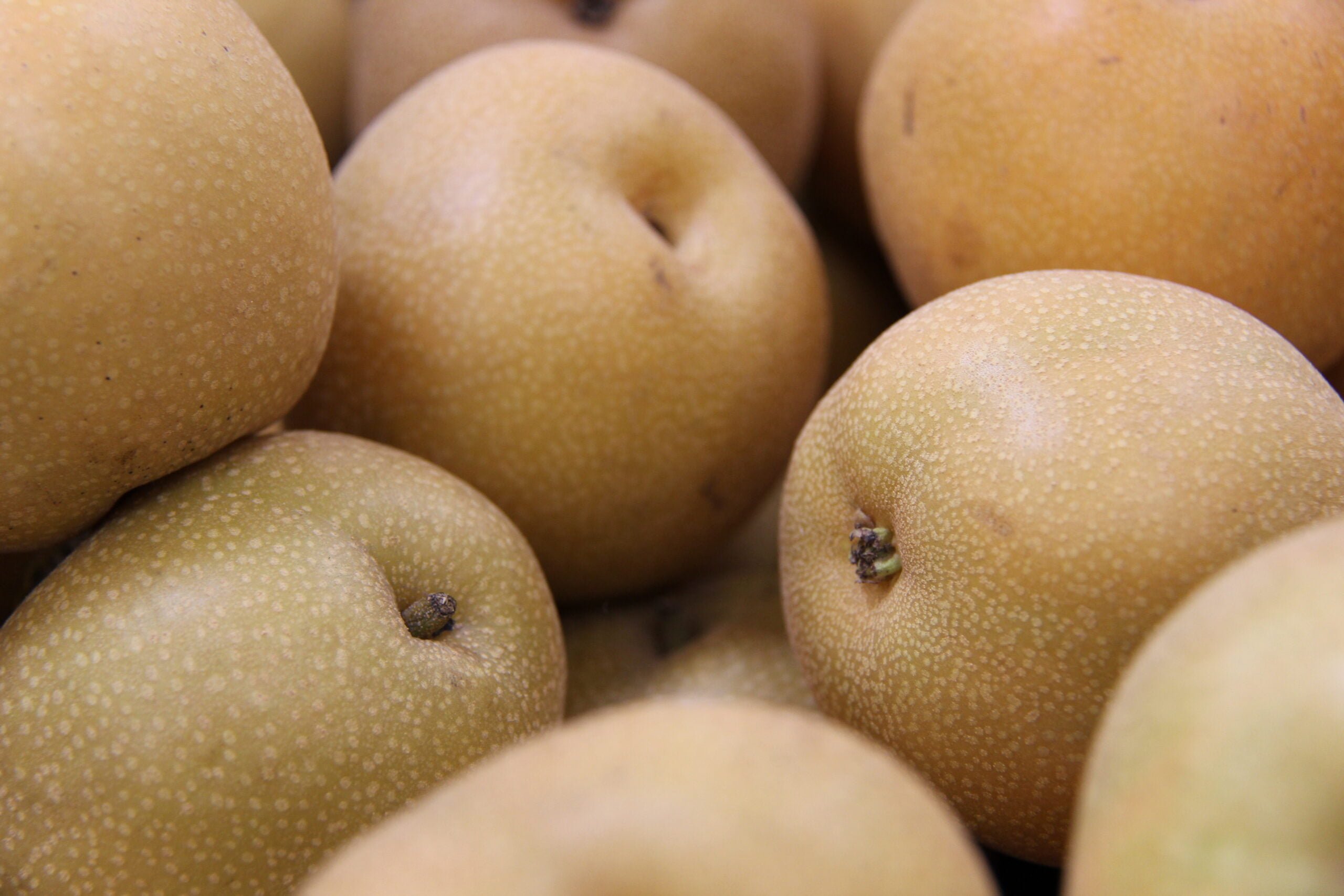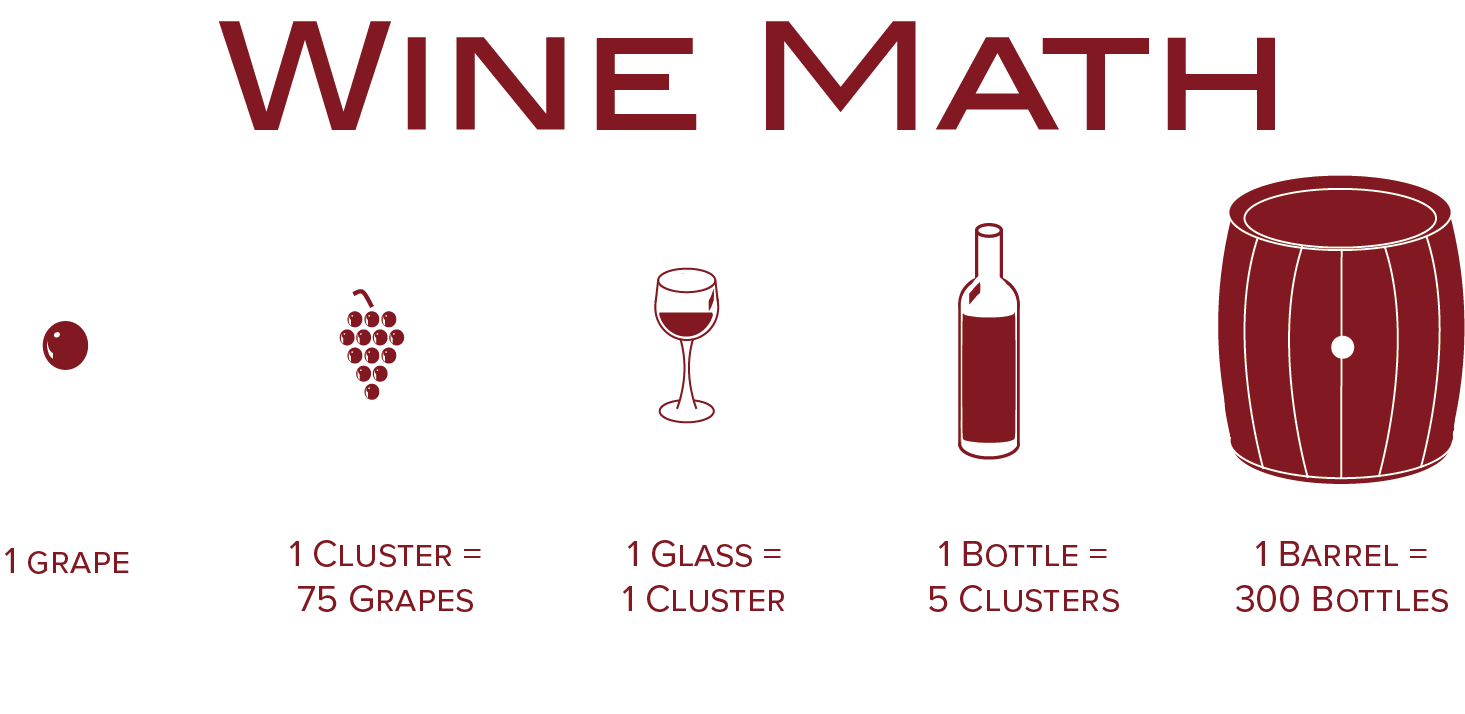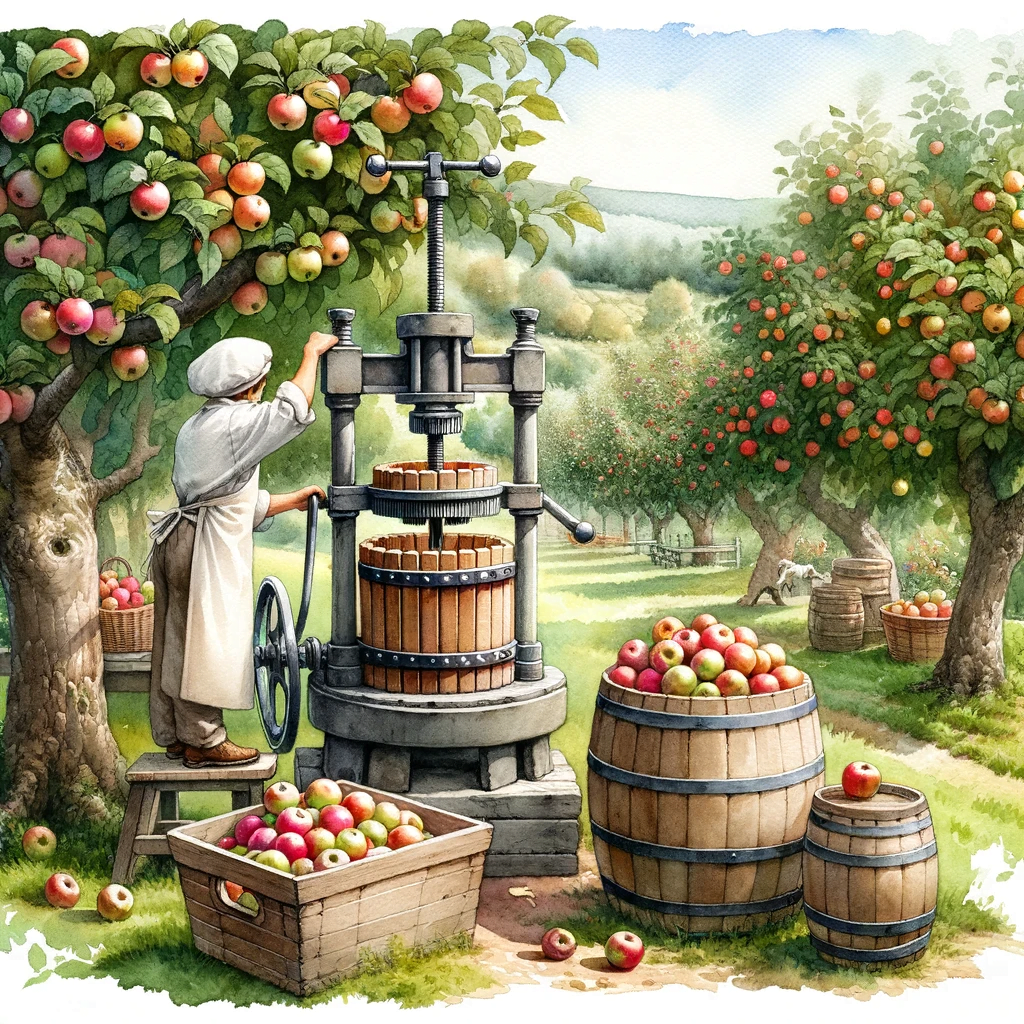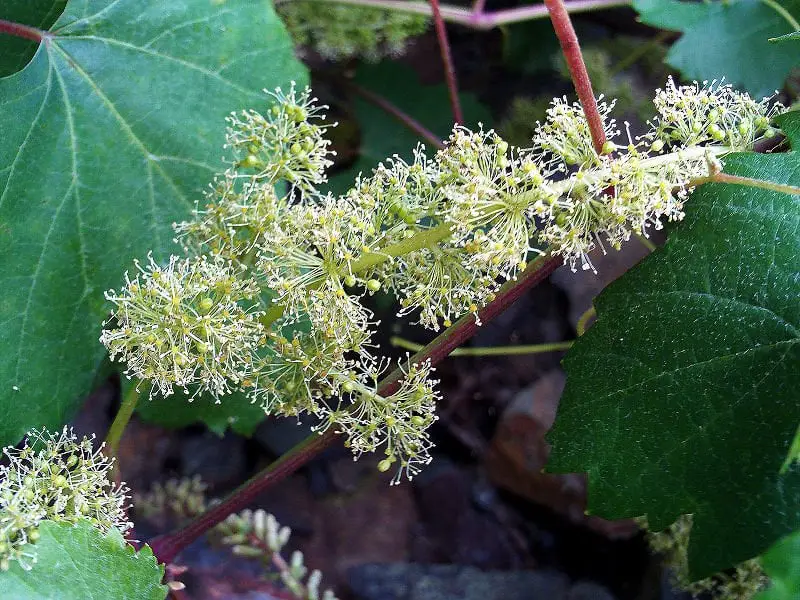Asian pears are delicious and refreshing fruits, but knowing when they are ripe can sometimes be a challenge. In this article, you will discover some simple yet effective tips to determine the perfect time to enjoy your Asian pears at their peak of sweetness and juiciness. By understanding the visual cues, giving them a gentle squeeze, and taking note of the fragrance, you will become an expert in identifying the ideal ripeness of Asian pears. Get ready to indulge in the delightful flavors of these delectable fruits!
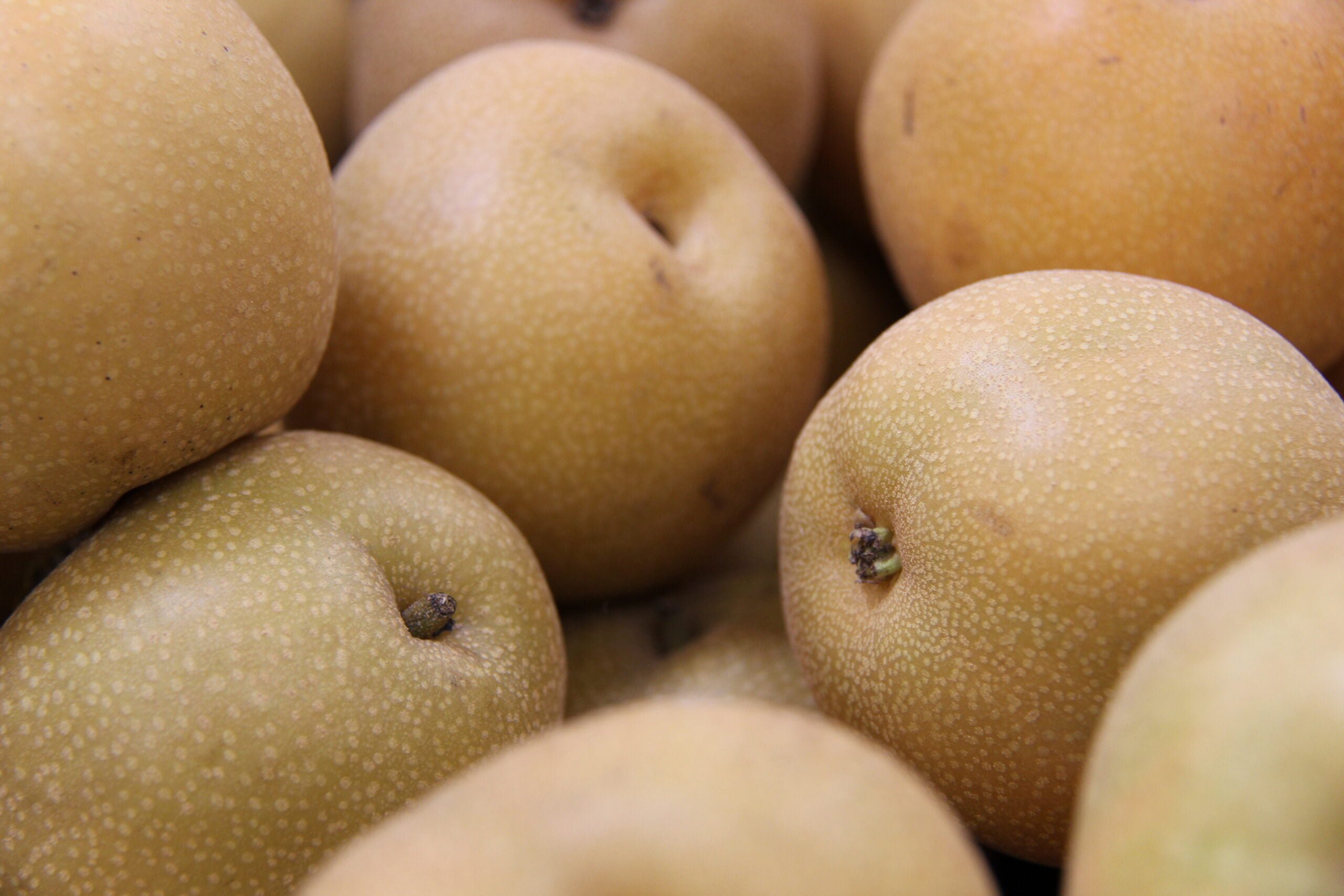
Appearance of the Pear
Color
Asian pears come in various colors, ranging from green to golden yellow. The color of the pear largely depends on the specific variety. Some varieties are bright green even when fully ripe, while others develop a yellow hue. It’s important to note that the color alone may not be the most reliable indicator of ripeness, as different varieties may have different natural colors even when mature.
Skin Texture
The skin of Asian pears is smooth and thin, making it pleasant to touch. Unlike some other pear varieties, they do not have a grainy or rough texture. The smooth skin gives Asian pears a visually appealing and appetizing appearance, making them a great choice for both cooking and eating fresh.
Shape
Asian pears have a slightly round and squat shape compared to traditional pears. They are often referred to as “apple pears” due to their similarity in shape to apples. This unique shape makes them easy to hold and bite into. The rounded shape also contributes to their firmness, which we’ll explore in the next section.
Touch and Feel
Firmness
Asian pears are known for their firmness, which sets them apart from other pear varieties. When you hold an Asian pear in your hand, it should feel quite firm and solid, similar to holding an apple. The firmness is a good indication of the pear’s freshness and its ability to remain crispy even after ripening.
Give
Despite their firmness, Asian pears should still have a slight give when gently squeezed. Applying gentle pressure to the pear should result in a small amount of yield. If the pear feels extremely hard or doesn’t give at all, it may still need some time to ripen. On the other hand, if it feels too mushy, it may be overripe.
Softness
Although a certain level of firmness is desirable in Asian pears, they should not be overly hard. While other pear varieties may be enjoyed when still crispy, Asian pears are best enjoyed when they have a delicate softness to them. This softness should be present throughout the pear, indicating that it has properly ripened.
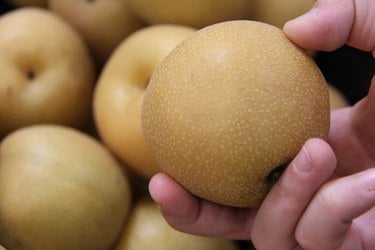
Smell
Fragrance
A ripe Asian pear emits a gentle fragrance that is reminiscent of its sweet and juicy flesh. While the aroma may not be overpowering like some other fruits, you should be able to detect a pleasant scent when you bring a ripe Asian pear close to your nose. This light fragrance adds to the overall experience of enjoying these delicious fruits.
Aroma Intensity
The aroma intensity may vary between different Asian pear varieties. Some varieties have a more subtle fragrance, while others possess a stronger scent. Regardless of the specific variety, the aroma should be inviting and slightly sweet. If the pear has a strong unpleasant odor, it may be an indication that it is overripe or spoiled.
Sound
Tap Test
One unique way to determine the ripeness of an Asian pear is by conducting the tap test. Gently tap the pear with your finger or knuckle, and listen closely to the sound it produces. A ripe Asian pear will emit a hollow and slightly metallic sound. This sound indicates that the fruit is mature and ready to be enjoyed. If the pear sounds dull or solid, it may not be fully ripe yet.
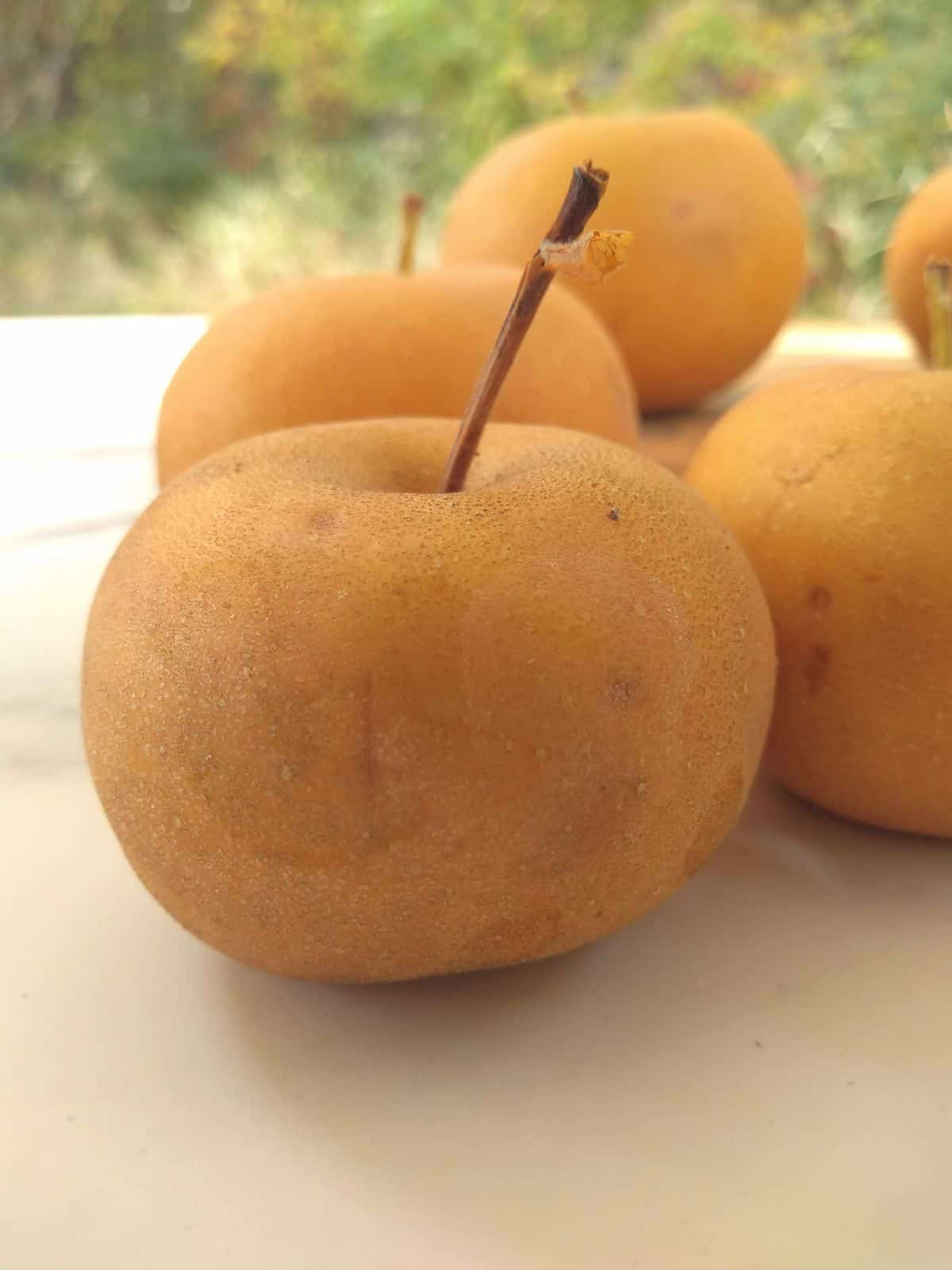
Time of Harvest
Period
Asian pears are typically harvested in late summer to early fall, although the exact period may vary depending on the specific variety and region. It is crucial to pick the fruits at the right time to ensure optimal flavor and texture. Harvesting too early may result in a lack of sweetness, while waiting too long may cause the pear to become overripe and mushy.
Days on Tree
The number of days Asian pears spend on the tree before being harvested can also impact their ripeness. Most varieties require around 90-120 days from blossom to harvest. It’s important to consult the specific guidelines for each variety to determine the optimal time for picking. Harvesting at the right time ensures that the pears have developed their full potential in terms of taste and texture.
Storing Ripe Asian Pears
Refrigeration
To maximize the shelf life of ripe Asian pears, it is recommended to store them in the refrigerator. Place the pears in a breathable container or loosely wrap them in a paper towel to absorb excess moisture. This will help maintain their freshness and extend their shelf life for up to two weeks. Remember to keep them away from other fruits that release ethylene gas, such as bananas, as this can hasten the ripening process.
In a Fruit Bowl
If you plan to consume the Asian pears within a few days, storing them in a fruit bowl at room temperature is an excellent option. Keep in mind that they will continue to ripen at a faster pace when left at room temperature. Therefore, it’s essential to monitor their ripeness to avoid them becoming overly soft and mushy. This method is particularly suitable when you want to display the beautiful pears as a centerpiece.
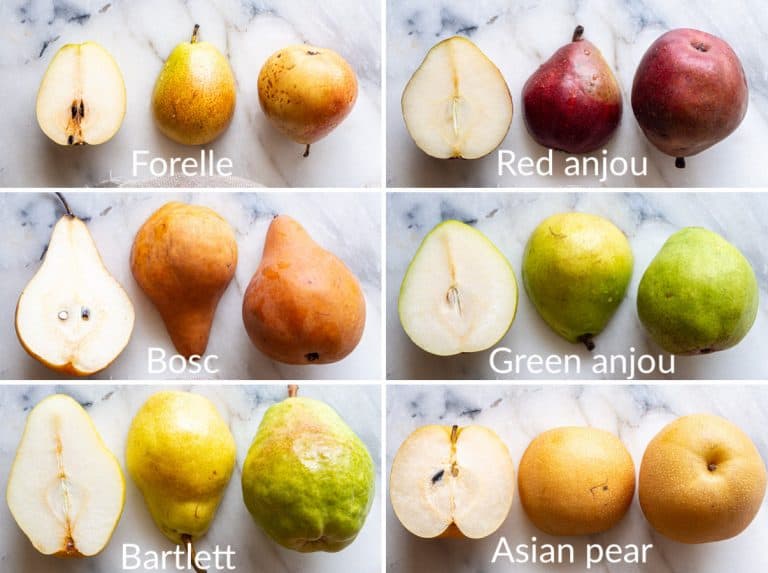
Post-Harvest Changes in Asian Pears
Softening
After harvest, Asian pears will continue to undergo some post-harvest changes. One notable change is the softening of the fruit. As the ripening process continues, the pears will become softer to the touch. It’s important to monitor this softening to ensure that the pears are consumed at their ideal ripeness. Avoid leaving them too long, as they can quickly become overripe and lose their desirable texture.
Flavor Development
Along with the softening, the flavor of Asian pears will continue to develop after harvest. The natural sugars in the fruit gradually increase, resulting in a sweeter and more enjoyable taste. It is crucial to allow the pears enough time to reach their optimal flavor. Regularly check their taste and adjust your consumption based on personal preference.
Visual Signs of Overripe Pears
Color Changes
As Asian pears become overripe, their color may change in certain areas. The skin may develop dark spots or turn brown, indicating that the fruit is past its prime. Additionally, an overripe pear may change its natural color, with green varieties becoming yellowish or brownish. These visual cues are helpful in determining whether the pear has gone beyond its ideal ripeness.
Wrinkles
Wrinkles or shriveling of the skin is another visual sign of an overripe Asian pear. The skin loses its tautness, and small wrinkles appear across the surface. These wrinkles indicate that the pear has started to lose its moisture content and may have a degraded texture. It’s best to avoid consuming Asian pears that exhibit significant wrinkling.

Testing Ripeness by Cutting
Seed Cavity
Cutting into an Asian pear provides further insights into its ripeness. When assessing the seed cavity, look for a slightly translucent appearance. A ripe pear will have seeds that appear dark and mature. If the seeds are still white or light-colored, the fruit may not be fully ripe. However, a fully brown or shriveled seed cavity can indicate overripeness, so pay attention to the condition of the seeds.
Flesh Color
The color of the flesh is another important factor when determining the ripeness of an Asian pear. Ripe fruits will have a creamy, off-white color at their core. If the flesh appears brown or overly yellow, it may suggest that the pear is past its prime. However, slight variations in color can be present depending on the specific variety, so it’s important to consider this alongside other ripeness indicators.
Texture
When cutting into an Asian pear, pay close attention to its texture. A ripe pear should have a smooth and creamy texture, with a slight crispness near the skin. The flesh should be juicy and succulent, ensuring a delightful eating experience. Avoid pears that are excessively mushy or have a mealy texture, as these are signs of overripeness or poor quality.
Taste Test
Juiciness
The juiciness of Asian pears is one of their most appealing qualities. When tasting a ripe pear, the juice should burst forth with each bite, creating a refreshing and thirst-quenching sensation. A truly ripe Asian pear will be packed with juice, making it a delectable and satisfying treat. If the pear lacks juiciness or feels dry, it may not have reached its optimal ripeness.
Sweetness
Asian pears are renowned for their natural sweetness. As the fruit ripens, the sugars develop, creating a delightful balance of sweetness and refreshing flavor. When you take a bite of a ripe Asian pear, it should taste pleasantly sweet, without any noticeable tartness. The sweetness may vary slightly between different varieties, but the overall taste should be irresistibly sweet.
By paying attention to the appearance, touch, smell, sound, and taste of Asian pears, you can confidently determine their ripeness and enjoy them at their peak. Whether you prefer a crispy and slightly firm pear or a softer and juicier one, understanding the signs of ripeness will help you select the perfect Asian pear for your culinary adventures or enjoyable snacking. Remember, experimenting with different ripeness levels can be a fun way to discover your personal preferences when it comes to these delectable fruits.
